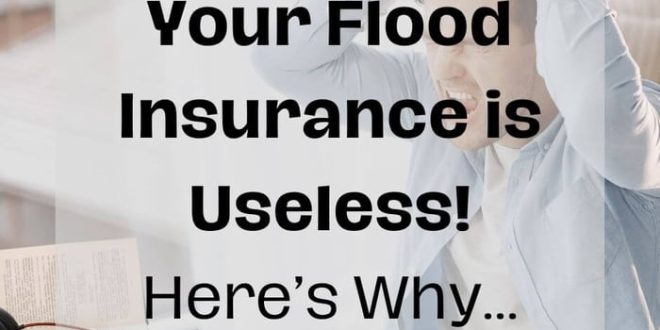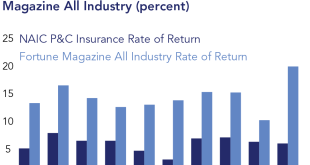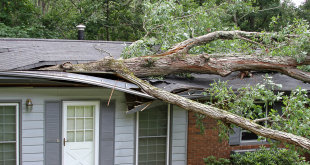Flood insurance is a safety net for homeowners, renters, and business owners when the unexpected happens. We’re talking about the kind of event that can leave you knee-deep in water and financial trouble. Protecting your property from flood damage is a big deal, but let’s be real, understanding insurance policies can feel like reading a foreign language. What exactly are you covered for, and what’s left out in the cold? Let’s dive into the nitty-gritty of flood insurance, so you know what you’re signing up for.
What Flood Insurance Typically Includes
Coverage for the Building Structure
Think of your home’s bones – that’s what we’re talking about here. Flood insurance usually covers the essentials that make up the structure of your house. We’re talking:
- Foundation: The very base of your home.
- Walls: Keeps the weather out (usually!).
- Floors: Where you walk, dance, or maybe just trip (oops!).
- Electrical and plumbing systems: Because who wants to live without lights or running water?
- Furnaces and central air conditioning systems: Staying comfy, no matter the season.
- Attached garages: For your car, or maybe just a whole lot of storage.
Basically, if it’s part of the main building, there’s a good chance it’s covered. But always double-check your specific policy, okay?
Coverage for Personal Property
Okay, let’s talk about your stuff. Flood insurance can also lend a hand in replacing your belongings. It’s not a blank check, but it’s better than nothing, right? Typically, it includes:
- Clothing: From your everyday jeans to that fancy dress you only wear once a year.
- Furniture: Couches, beds, tables – the whole shebang.
- Appliances (portable): Think microwave, toaster, maybe even that fancy blender you bought and never use.
- Electronics: TVs, computers, game consoles – essential for surviving a rainy day (or a flood, ironically).
Remember, the extent of coverage can vary, so peep your policy details. And hey, documenting your stuff with photos or videos before disaster strikes? Genius move.
Debris Removal
After a flood, there’s gonna be a mess. A big one. Thankfully, many flood insurance policies help cover the costs of hauling away all that soggy debris. It’s not exactly fun, but at least you won’t be stuck with the bill on top of everything else.
What Flood Insurance Typically Excludes
Damage from Other Sources
Flood insurance is pretty specific. It’s for floods. So, if your damage comes from something else, like:
- Sewage backups (unless directly caused by flooding): Yuck, but usually not covered.
- Landslides: Mother Nature’s got a lot of tricks, but not all are covered here.
- Sinkholes: The earth opens up… and your insurance might not.
…then you’re probably out of luck. Seems a bit harsh, I know, but that’s how it goes. Other types of insurance might cover these, so it’s worth looking into.
Currency, Precious Metals, and Valuable Papers
Hide your gold! Okay, maybe you don’t have gold, but flood insurance usually gives a hard pass to:
- Currency: Cash money? Nope.
- Precious metals (gold, silver, etc.): Sorry, pirates.
- Valuable papers (stocks, bonds, etc.): Keep those in a safe deposit box, folks.
Basically, if it’s something you could easily convert to cash or is super valuable, it’s probably not covered. Don’t leave your rare stamp collection in the basement!
Vehicles
Your car’s not invited to this insurance party. Flood insurance won’t cover your:
- Cars
- Motorcycles
- Other vehicles
Instead, you’ll need comprehensive auto insurance for flood-related vehicle damage. So, make sure you’ve got that sorted too!
Living Expenses
If a flood makes your home unlivable, flood insurance won’t foot the bill for your hotel or meals. Sorry! It doesn’t cover those extra:
- Living expenses
If you want help with these costs, look into a separate policy or rider. It’s worth considering if you live in an area prone to flooding.
Certain Basement Items
Basements are tricky. While essential stuff like furnaces and water heaters might be covered, there are limits. Personal stuff chilling in your basement?
- Personal property
Might not be fully covered. Read the fine print to avoid surprises!
Landscaping and Exterior Features
That beautiful garden you’ve been working on? The fence that keeps the dog in? Yeah, flood insurance usually ignores:
- Landscaping
- Fences
- Exterior features like decks and patios
It’s a bummer, but that’s the reality.
Understanding Your Flood Insurance Policy
Policy Limits and Deductibles
This is where you need to put on your reading glasses and really pay attention. Know your coverage limits – the maximum amount the policy will pay out. Also, get friendly with your deductible – the amount you’ll pay out-of-pocket before the insurance kicks in. Lower deductible means higher premiums, and vice versa. It’s a balancing act!
The Importance of Documentation
I can’t stress this enough: document, document, document! Take photos and videos of everything. Inside and out. Open drawers, closets, show it all. And don’t just leave the files on your computer. Back ’em up to the cloud or a USB drive you keep somewhere safe. Trust me, it’s a lifesaver when you need to file a claim.
Alright, so flood insurance can seem like a maze of dos and don’ts. But hopefully, this breakdown has cleared up some of the confusion. Knowing what your policy covers (and what it doesn’t) is key to protecting yourself from financial ruin. Don’t just assume you’re covered – actually read the policy! And if you’re still scratching your head, chat with your insurance agent. They’re there to help. Now, go forth and be flood-smart! Maybe share your own flood insurance experiences? We can all learn from each other, right?
 seeme
seeme




